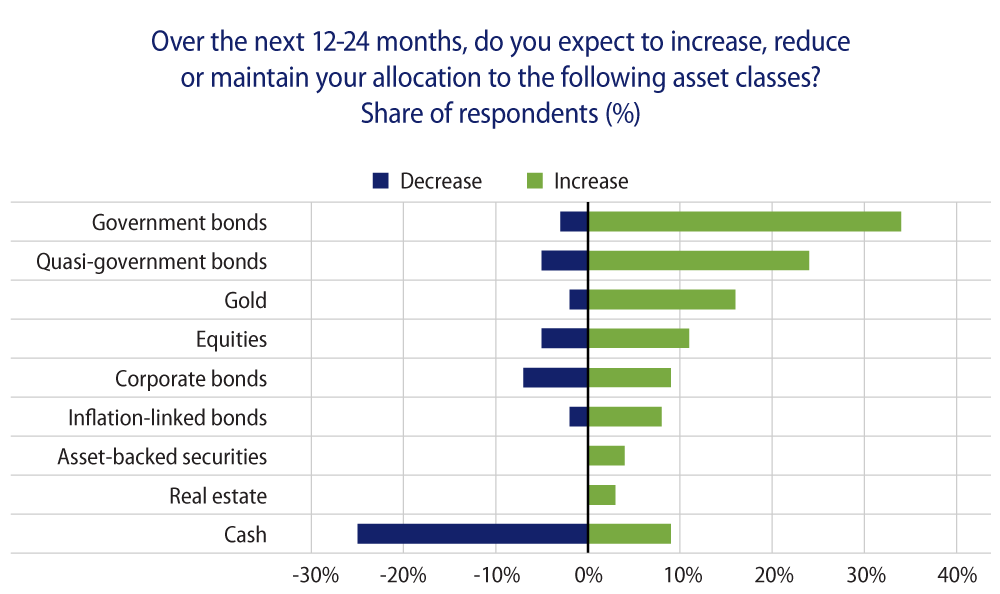Money market funds are currently a focal point in discussions about fixed-income options among official institutions across Latin America. The appeal of these funds lies in their combination of attractive yields and liquidity, which address a key finding highlighted in a blog post we published last year: official institutions are cautiously reassessing their investment portfolios amid persistently low or negative interest rates, with a growing preference for capital preservation over higher-risk strategies.

Money market funds are used more frequently by official institutions because the rates offered by their relationship banks are becoming less competitive. This contrasts with historical trends, where demand for money market funds versus interest-bearing bank deposits has fluctuated over the decades due to various factors.
Since the inception of the first money market fund in the 1970s, both institutional and retail investors have viewed these funds as effective tools for managing cash surpluses. They provide easy access to professionally managed, diversified pools of short-term securities that generally offer principal stability, daily liquidity and better returns compared to bank deposits.
Following the global financial crisis, increased regulations and monetary easing by the Federal Reserve (Fed) led to significantly lower yields for money market funds compared to previous decades. As a result, many investors placed their excess liquidity with relationship banks that eagerly accepted deposits. However, this trend has shifted over time, as banks’ enthusiasm for attracting deposits waned due to challenges in maintaining high net interest income (the difference between loan interest rates and deposit rates).
The COVID-19 pandemic triggered unprecedented actions by the Fed to combat inflationary pressures, causing yields on money market funds, interest-bearing deposits and banks’ net interest income to rise once again. Consequently, investors with cash reserves redirected their balances from no-interest-bearing deposits to high-interest-bearing deposits and money market funds. Another shift occurred from regional bank deposits to larger, systemically important bank deposits and money market funds following the collapse of Silicon Valley Bank in March 2023.
Currently, banks have sizable deposit bases, but the interest rates they charge on loans have not increased as rapidly as deposit costs. With their net interest income peaking, it is expected that banks will decrease their appetite for deposits for the remainder of the year. This makes money market funds a relatively more attractive short-term investment alternative for investors seeking to mitigate bank concentration risk without sacrificing daily liquidity.
Western Asset works with a broad span of clients in Latin America, from multinational corporate treasuries to central banks and regional multilaterals, with varying mandates for the use of liquid reserves, and differing views on the direction of global markets.
For institutional clients navigating concerns around global growth trajectories, inflation rates, policy adjustments and heightened geopolitical risks alongside uncertainties in the US banking sector, money market funds can offer liquidity, diversification and attractive yields.

